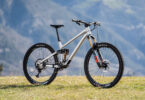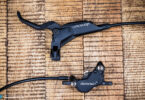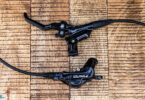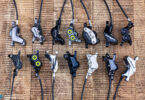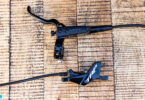The Review | Vorsprung Corset Suspension Upgrade
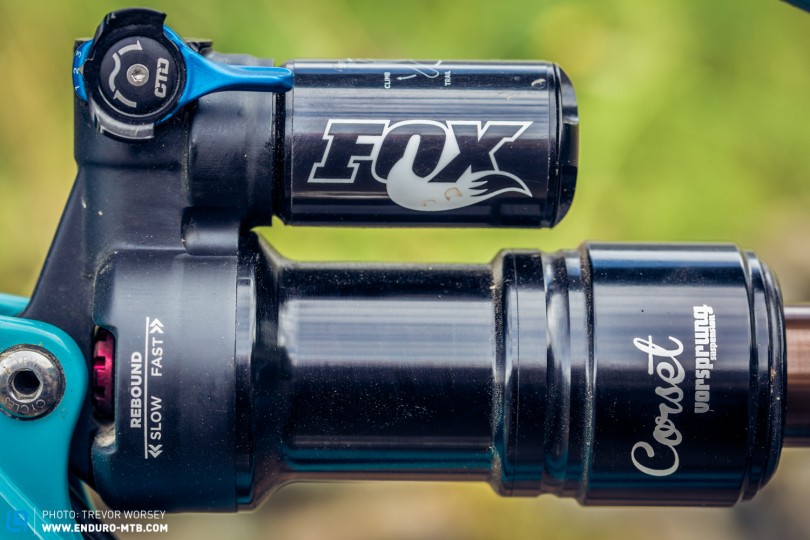
If you had to name places where suspension performance could best be tested and optimised, then Whistler would surely be high on the list. So perhaps it’s no surprise to see that Whistler based Vorsprung Suspension have developed an innovative solution for those looking to improve the performance of their shock. Long before the new FOX EVOL air can hit the press, Vorsprung had reached the same idea with their Vorsprung Corset, with the benefit being that the upgrade fits a wide variety of older FOX shocks.
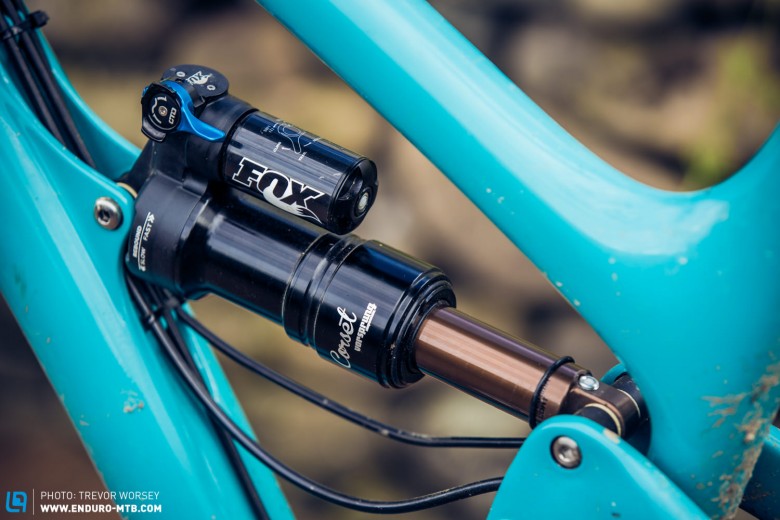
The Corset is quite a simple upgrade, offering a lower positive volume dual chambered air can with a bigger negative spring, the unit claims to improve small bump compliance as well as providing more support in the mid stroke. We love more sensitivity to small bumps but it’s the improved mid stroke support that is of most interest to aggressive riders as many air shocks suffer in this area, making the bike feel wallowy and lacking in feedback.
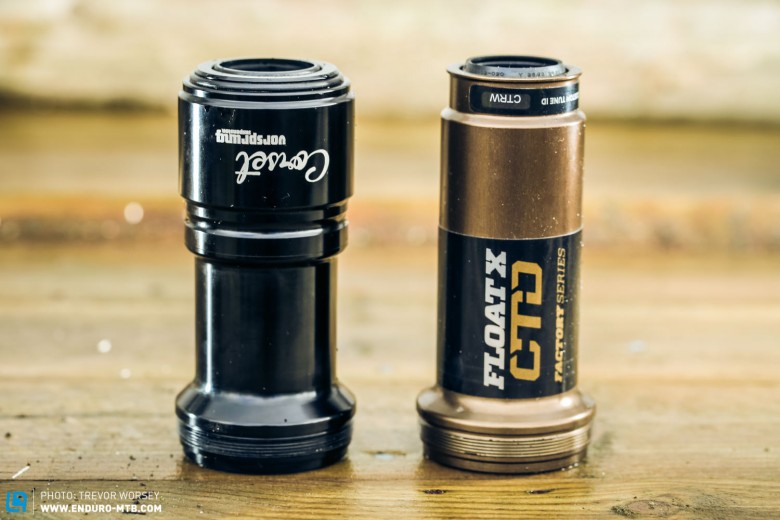
The Corset comes with all the seals pre-installed in a wide range of sizes and retails for €150 Canadian Dollars. Many tuning companies such as the UK’s TF tuned are now bringing these aircans in. Currently the Vorsprung is compatible with the following shocks, the Float CTD, Float X, Float R(series), Float Triad, Float Autosags and the DHX Air, and is a simple 5 minute installation. Simply remove your current shock from the frame, deflate the air spring and screw off the old air can and replace it with the Corset, job done!
So how does it work? To get super geeky for a second, let’s consider the spring rate of a normal air shock. Initially the spring rate is digressive, it takes a lot of force to start movement. Once the initial force is reached the shock then moves easier through its travel. Most air springs are linear (minimal force to move through stroke) in the mid stroke before progressively ramping up at the end of the stroke (gets firmer as the air pressure inside the shock increases).
By increasing the negative chamber size on the air sleeve the equalization point is shifted, targeting the high initial spring force required to get the shock moving. This means that after the Corset is fitted, less force is needed to get the shock moving making it more sensitive to small bumps and the lower volume and higher pressures mean that there is more support in the mid-stroke.
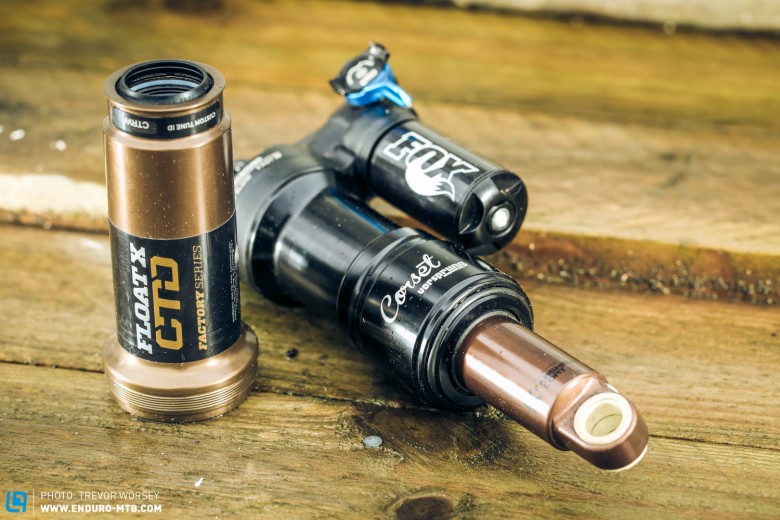
In layman’s terms it means that your shock should be more sensitive to small bumps giving a smoother ride, while providing more support for hard cornering and trail features like G-out berms etc. We were very excited to fit one for testing.
Our impressions
We fitted the Vorsprung Corset to our long term Yeti SB6c and after over 500km we can report that the Corset Vorsprung does indeed have a marked effect on the Fox Float X spring curve and performance. During back to back testing with a fully serviced Fox Float X aircan the Vorsprung Corset is much more active over small bumps and tracks the ground better offering a smoother ride. The initial breakaway force is noticeably reduced with the Corset, dropping into its travel much easier than the standard shock and moving more fluidly around the sag point. Most of the observable benefits seem to be present in the first 10-20 % of shaft movement, many may argue that once sagged to 30% that has little benefit. However on the trail the shock frequently decompresses fully, when unweighting over a jump or over rough terrain, and we found the improvements in the initial stages of shock movement translate into improved grip and control.
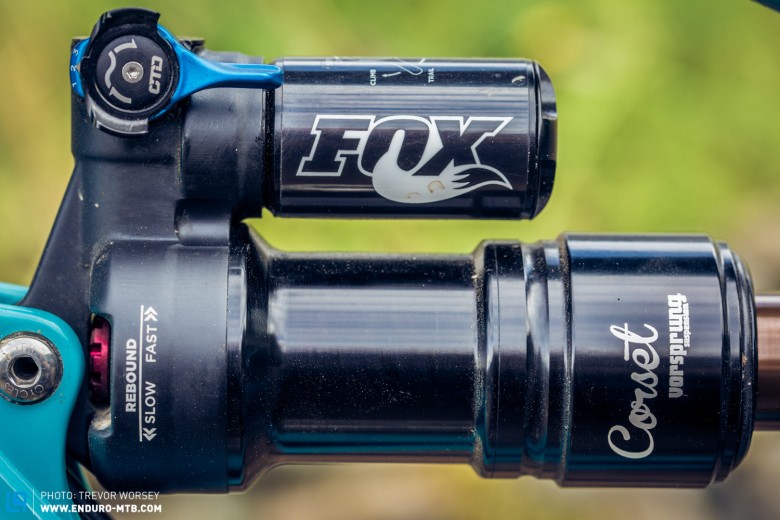
Vorsprung suggest you can run a greater sag with the Corset, but we found this made climbing sluggish and the shock was too active. Increasing the pressure to obtain a 28% sag on the SB6c resulted in a huge improvement, the shock was still very active over small bumps but now had improved support (over the original aircan) for driving through banked turns. The Corset has a lower positive spring volume when compared to the standard air can, thus we found it required around 30% more air pressure to reach the same sag point.
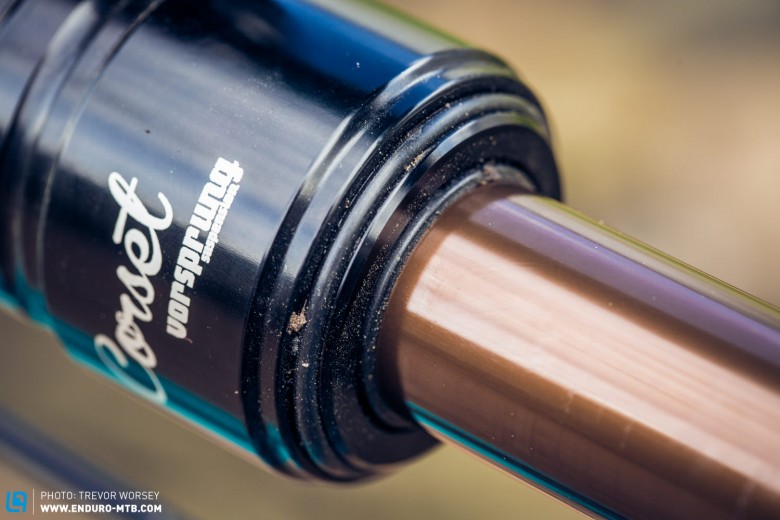
When increasing the pressure in the shock, the Corsets sensitivity to small bumps was retained (as positive and negative) pressures are equalised in the chambers, but we still found we had to fit a volume spacer (the same as in the original can) to find the best spring rate.
One point of note is that for heavier riders, you will have to increase the air pressure in the Corset. If you are already close to the 250 – 300psi maximum pressure of the Fox shock the Corset may send you into dangerously high pressures that could upset the seals of the Fox unit.
Bottom line
As a bolt on upgrade we were very impressed with the Vorsprung Corset. If your current shock feels insensitive and lacking in support then the Corset should bring improved small bump sensitivity and a better midstroke performance. The benefits will depend upon shock and bike linkage, and the Corset would appear to show the most improvements to bikes with a linear (bikes like the SB66, SB6c) leverage rate and those with a progressive/linear/digressive rates such as DW linked bikes and Specialized FSR’s. Fox have now done the same with the EVOL air can, but the Corset represents a great value upgrade for those who don’t want to buy a new shock.
NOTE: when removing the Corset for maintenance, if you dump all the air in the shock quickly the shaft will pull back faster than the two chambers can equalise, resulting in high pressure trapped in the negative chamber and an exciting rocket effect when you release the air can that will terrify you and any family pets in the vicinity. It’s important to drain the air slowly with a shock pump (and listen out for the air equalising) if you want to remove the air can and point it away from you while unscrewing just in case.
Words and photos: Trev Worsey
Did you enjoy this article? If so, we would be stoked if you decide to support us with a monthly contribution. By becoming a supporter of ENDURO, you will help secure a sustainable future for high-quality mountain bike journalism. Click here to learn more.




